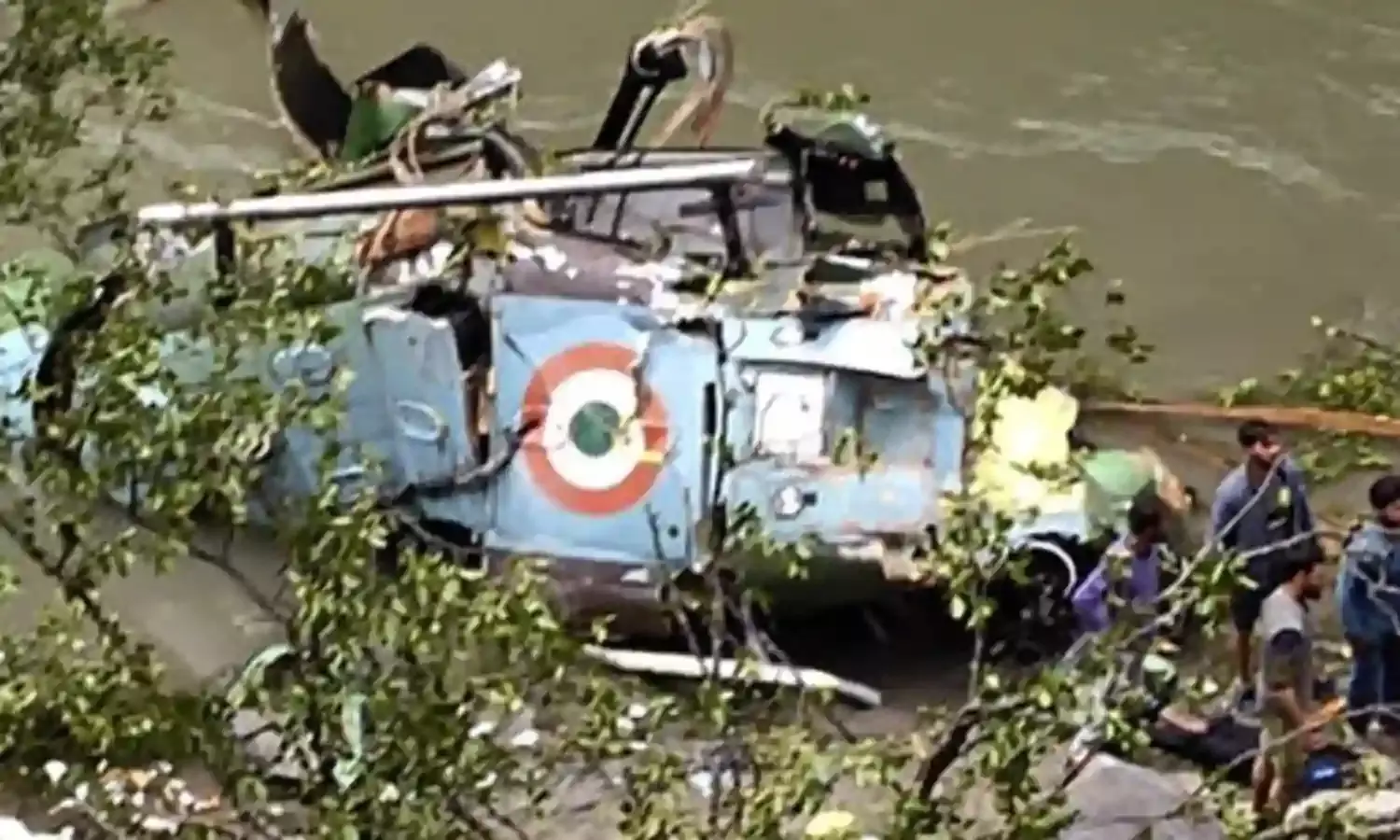
At the AERO India 2025 exhibition, held in February 2025, Hindustan Aeronautics Limited (HAL) expected its order book to reach INR 2.5 lakh crore in six months. And, why not since it is a state-owned entity with intimate links with the Ministry of Defence (MoD).
Senior Indian Air Force (IAF) veterans have been critical of HAL while the IAF Chief, Air Chief Marshal AP Singh publicly lamented delay in delivery of Tejas aircraft by HAL ordered by the IAF more than a decade back. HAL’s excuse was delay in delivery of the aero-engines by GE Aerospace but now the latter has blamed lack of decision by HAL for the delay.
On March 28, 2025, the Cabinet Committee on Security (CCS), headed by the prime minister, approved procurement of 156 Light Combat helicopters (LCH) ‘Pracahnd’, 66 for IAF and 90 for Indian Army, costing INR 62,700 crore (USD 7.3 billion); largest ever defence deal. Produced by HAL and France's Safran, LCH is powered by two ‘Shakti’ engines by Safran.
The absence of a LCH that could operate and land in high-altitude areas was felt during the 1999 Kargil Conflict. Prachand, which can land and take off at 5,000 meters (16,400 feet), is designed for both ground attacks and air battles, having stealth features, strong armour, ability to strike at night, advanced navigation, close-combat guns, and air-to-ground and air-to-air missiles.
The helicopter has a speed of 288 kmph, combat range of 500 km, and can climb up to 21,000 feet. It has low radar and heat signatures, plus crash-proof designs for better survival.
The LCH Its package includes: 20 mm nose gun that fires 800 rounds a minute and hits targets 2 km away; 70 mm rockets on its wings, reaching 4 km directly or 8 km indirectly; electro-optical pod above the gun for day-and-night surveillance and tracking from afar; 'Dhruvastra' anti-tank missile and 'Mistral-2' air-to-air missile, both striking up to 6.5 km.
Additionally, they have been integrated with data chips which gives them the ability to participate in network centric operations. The data chips enabled LCH to operational cooperation and force multiplication practices.
HAL plans to build 30 helicopters each year, which is a big goal. If the deal is finalized in 2025, deliveries will begin in 2028. All 156 helicopters will be handed over within five years - by 2033. However, we need to take a call on the procurement process, with periodic talks of improvement, and of being the best.
The LCH was formally inducted into the IAF in 2022. Why then has it taken the CCS so long to approve procurement of 156 of these helicopters? Can HAL produce 30 LCH annually? Why not rope in the private sector to accelerate delivery much before 2033?
Approving procurement of 156 LCH perhaps couldn’t be delayed any further because India’s fleet of 330 Advance Light Helicopters (ALH) ‘Dhruv’ was grounded this January. The Army has 96 ALH and 75 armed ‘Rudra’ versions. The IAF operates around 70 ALH, with the Navy and the Indian Coast Guard (ICG) the rest.
The ALH fleet was grounded after an ALH Mk-III of the ICG crashed in Porbandar on January 5 killing all three members. The investigation report was to be submitted by March 3, 2025 but was not submitted even by March 30. The ALH couldn’t participate in Aero India 2025.
ALH helicopters have experienced 28 crashes since induction in 2004. These helicopters have been exported to Mauritius, Nepal, and Ecuador for military use, Turkey and Peru for civilian use, while one was leased to the Israel Defence Forces (IDF). After a series of crashes, Ecuador grounded its fleet of ALHs, putting them up for sale and cancelled orders for more ALHs.
HAL doesn’t accept it but analysts claim that the design of the ALH has flaws, like: the swashplate assembly has no redundancy – swashplate translates the pilot’s flight control inputs into the motion of the rotor blades, allowing for changes in pitch and roll; defects related to the control rod that affected power input to rotor blades and hydraulics issues – the control rod is essential for transferring power from the helicopters two engines to its overhead rotors.
Two army pilots were killed in a crash of ALH in Jammu and Kashmir on May 4, 2023, after reporting “loss of power”. The Army grounded all its 170 ALHs and undertook a comprehensive safety check; third time checks were been ordered since October 2022, when an army ALH MK IV crashed near Migging (Arunachal Pradesh) in October, killing all five on board
According to reports, the HAL has decided to replace the aluminium control rod in “some” ALH with steel control rods. There is also news that the reliability of the ‘Shakti’ engine (by Safran) is coming under suspicion, especially with pilots reporting “loss of power” before the crash killing them. HAL and Safran are reportedly assessing performance of the Shakti engine and possibility of upgrading it.
But HAL, being the senior partner, can hardly deflect responsibility. What is the accountability of the HAL in all these crashes - can they just get away by denying defects in the design simply because they are a state-owned organization? Hopefully the LCH will not suffer similar defects and accidents like the ALH.
Lt General Prakash Katoch is an Indian Army veteran. Views expressed here are the writer’s own.

